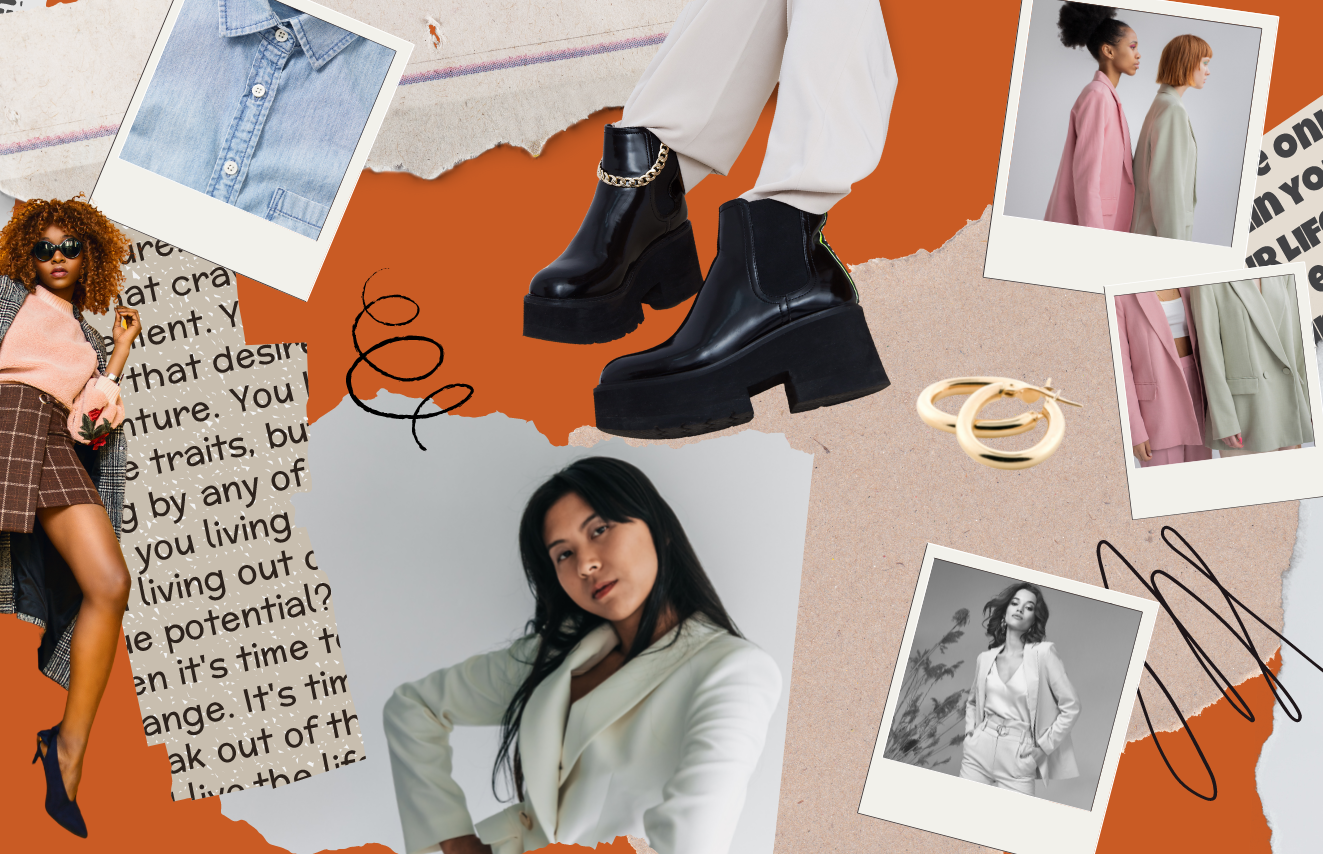What are aesthetics?
Aesthetics – in the most basic definition adhering to personality and lifestyle – are certain stylistic choices made by a person to look and be perceived a certain way. Examples include the punk and goth aesthetic, the cottagecore aesthetic, and the largely problematic ‘clean girl’ aesthetic.
So what’s the issue?
While exploring personal style and as a framework for lifestyle aesthetics are fairly harmless, the problem is when aesthetics curb self-expression and force a person to ‘live’ or ‘look’ a certain way that doesn’t conform to them simultaneously embracing their true selves. Additionally, a lot of aesthetics have problematic roots when it comes to the involvement of people of color and exposure. Not to mention that adherence to a certain aesthetic can rack up a bill for something that quickly falls in and out of ‘trendiness.’
some problematic aesthetics
- The infamous ‘clean girl’ aesthetic. Characterized as a commitment to the “off-duty model” look, the clean girl aesthetic features predominantly skinny and white women with minimal makeup, gold jewelry, and often extremely pricey cosmetic products. Additionally, the clean girl aesthetic ‘borrows’ a lot of it’s unique traits from practices that were already adopted and flaunted by Black and Brown women since the 90s. Examples of this include slicked-back hair and brown glazed lips, which were initially a source of ridicule. Now, these characteristics are trendy because they are used in an aesthetic centered around a Eurocentric standard of beauty. This is problematic because of the erasure of the history behind such looks. Not only were women of color bullied for having their hair done that way or for their lip looks, but they are now completely removed from the narrative of the look. Their creations are now attributed to a short-lived trend.
- The ‘cottagecore’ aesthetic. This aesthetic romanticizes a rural lifestyle that is far away from the constructs and pressures of modern society living. Composed of – well – rural living, flowy dresses, and a simple lifestyle, a majority of the results when searching up the aesthetic feature white women. Moreover, the cottagecore aesthetic appealed to the LGBTQ+ community as an escape from the oppressive nature of current society to a place where people could be themselves. However, representation of the LGBTQ+ community in ‘cottagecore’ content seems to be missing when searched for.
returning to what aesthetics were created for
Having aesthetics was initially meant as a way for people to find a community, create structure in their lifestyles, and embrace creativity by creating niches for themselves they could share with others. The message and intent have slipped over time and mutated into the creation of internet ‘cliques’ where exclusivity and classism reign more important than the ability to express oneself. If only we could just appreciate where the origins of these aesthetics come from and use them as a way to amplify the personalities of people of color and provide them the representation they deserve.

